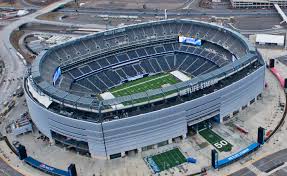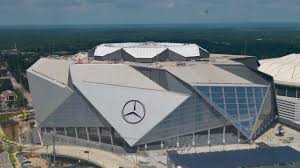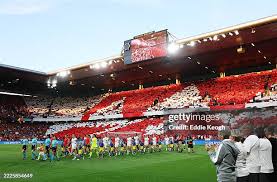Exploring MetLife Stadium: A Hub for Sports and Entertainment

Introduction
MetLife Stadium, located in East Rutherford, New Jersey, is a significant landmark in the realm of sports and entertainment. Opened in 2010, it is the home ground for both the NFL’s New York Giants and New York Jets. Its multi-functional design allows it to host a wide array of events, from concerts to large-scale sporting competitions. The stadium not only serves as a vital infrastructure for American football enthusiasts but also has a considerable economic impact on the surrounding community and contributes to New Jersey’s appeal as a destination for major events.
Major Events and Features
The stadium boasts a seating capacity of over 82,500, making it one of the largest venues in the United States. MetLife Stadium was notably the host venue for Super Bowl XLVIII in 2014, marking the first time that the championship was played outdoors in a cold weather city. The facility is equipped with state-of-the-art technology, including a vast array of HD video screens and an advanced sound system, enhancing the spectator experience.
In addition to football, MetLife Stadium has successfully hosted a variety of events including concerts by global superstars such as Taylor Swift, Beyoncé, and Bruce Springsteen. It has also been the site of high-profile soccer matches, including friendly games and tournaments that attract international teams.
Economic Impact and Community Engagement
The significance of MetLife Stadium extends beyond just hosting events. It plays a crucial role in the local economy, generating millions of dollars in revenue through tourism, job creation, and local business stimulation. The stadium also invests in community outreach programs, strengthening its ties with local organisations and schools, and enhancing its social responsibility.
Future Developments
Looking ahead, MetLife Stadium is committed to enhancing the fan experience and maintaining its status as a premier sports venue. Plans are in place to incorporate more sustainable practices into its operations and to further utilise technology to improve visitor engagement. Moreover, upcoming events and partnerships continue to be announced, suggesting that the stadium will remain a lively hub for sports and entertainment for years to come.
Conclusion
In summary, MetLife Stadium represents a convergence of sports culture, entertainment, and economic growth. Its continued success will not only rely on the teams that play within its walls but also on its ability to innovate and cater to the ever-changing landscape of the entertainment industry. With its diverse offerings and community focus, MetLife Stadium is sure to leave a lasting legacy in the sports world.








